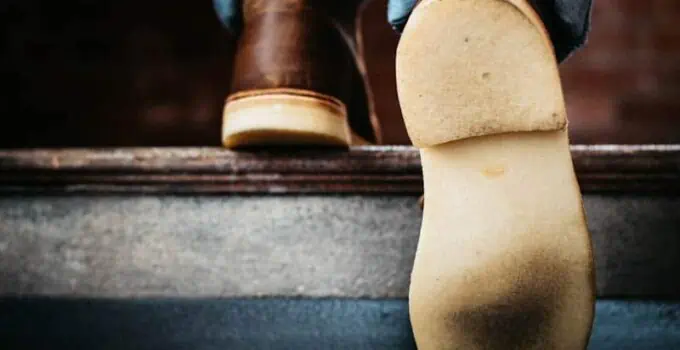Crepe sole footwear has a fascinating history that spans from the British army to modern-day fashionistas. We’re here to dive deep into the world of crepe rubber, exploring its origins, benefits, drawbacks, and iconic boots that feature this distinctive sole. Whether you’re a style-conscious individual or someone looking for comfort and traction in their shoes, crepe sole footwear has something to offer.
What Is Crepe Rubber?
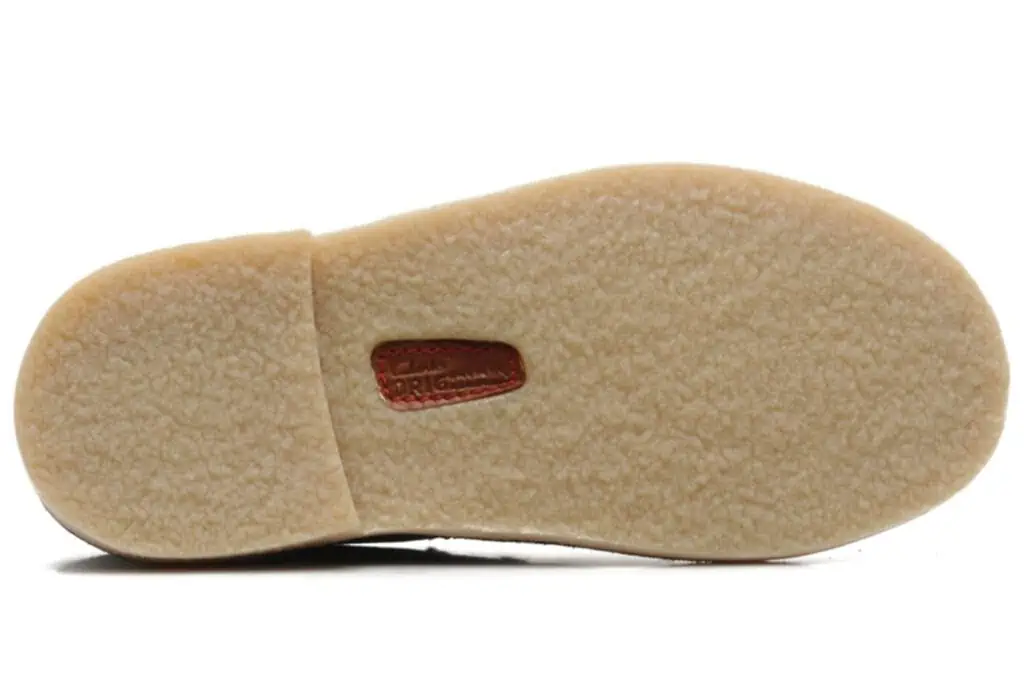
crepe rubber
Crepe rubber, a natural porous material with a crumpled texture, is made from organic latex extracted from the South American Pará tree. This latex is coagulated and rolled into sheets, resulting in the unique texture and properties of crepe rubber. This material is known for its springiness and exceptional traction, making it a popular choice for footwear, especially chukka boots.

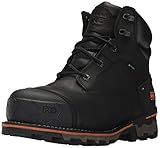






Here’s a quick summary of crepe sole’s key characteristics:
| Property | Description |
|---|---|
| Texture | Crumpled and natural appearance |
| Comfort | Provides cushioning for joints like sneakers |
| Traction | Offers excellent grip in most conditions |
| Sustainability | Biodegradable and environmentally friendly |
| Aesthetic Appeal | Adds a casual yet high-end look to footwear |
History of the Crepe Sole for Boots
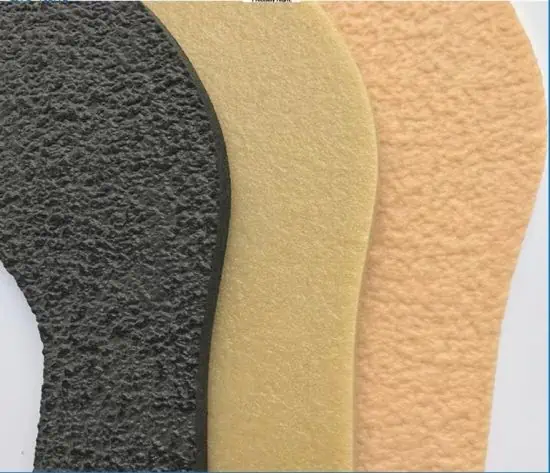
crepe sole
The story of crepe sole footwear dates back to WWII when British infantryman Nathan Clark observed officers wearing suede boots in the harsh terrain of Burma. These boots, crafted in Cairo’s Khan el-Khalili bazaar, laid the foundation for the famous Clarks Desert Boot introduced by C. & J. Clark in 1949. This boot became an iconic piece of footwear history, beloved for its richly oiled leather and delicate yet cushioned crepe sole.
Crepe Sole Benefits
Crepe soles come with a plethora of benefits that make them a preferred choice for many. Here’s a closer look at what makes them stand out:
1. Comfort: Crepe soles are soft, flexible, and lightweight, providing excellent cushioning for your joints. They are as comfortable as sneakers but add a touch of elegance to your look.
2. Traction: In most conditions, crepe soles offer impressive traction. They were even trusted by WWII soldiers navigating desert terrains, proving their reliability.
3. Sustainability: Crepe rubber is biodegradable, and the process of sap tapping from the Pará tree is harmless and even strengthens the tree. This makes crepe sole shoes an environmentally friendly choice.
4. Aesthetic Appeal: Crepe soles have a distinctive organic look that can tone down dressier uppers or elevate casual ones.
Crepe Sole Drawbacks
While crepe soles have numerous advantages, it’s essential to be aware of their limitations:
1. Durability: Crepe soles aren’t suitable for activities that involve rough terrain or extensive wear. They are less protective compared to hard rubber soles.
2. Maintenance: Finding cobblers who can replace crepe soles can be challenging, and these soles tend to get dirty easily due to their textured bottoms.
3. Arch Support: Individuals with low arches may find crepe soles uncomfortable, as they don’t provide robust arch support.
3 Iconic Crepe Sole Boots
1. Clarks Desert Boots
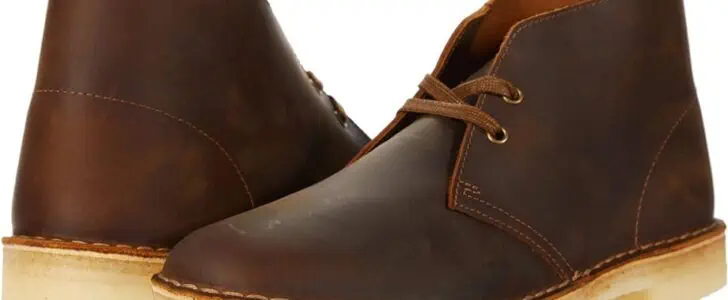
clarks desert boots
Clarks Desert Boots are legendary for their quality leather uppers, available in various types, including suede and beeswax. These boots are best suited for casual outfits, as their richly oiled leather and crepe sole combination adds a touch of sophistication to your attire.
2. Grenson Oscar Suede Desert Boots
Grenson’s Oscar Suede Desert Boots are a masterpiece in Goodyear Welt shoemaking. The Goodyear Welt ensures that replacing soles is a breeze, and the finely stitched boots exude elegance while maintaining a casual feel.
3. Common Projects Chelsea Boot
The Common Projects Chelsea Boot is the epitome of versatility. With its laceless upper and rounded toe, it effortlessly transitions from casual daywear to evening elegance. It’s the perfect choice for those who appreciate a touch of luxury.
From Egypt’s Deserts to Your Shoe Rack
Crepe sole boots offer a unique blend of comfort, style, and functionality. If you’re looking for comfortable, casual footwear that can also be dressed up for more formal occasions, crepe sole boots are worth considering. However, if you need shoes for heavy-duty use or snowy conditions, you may want to explore alternatives with hard rubber soles.
10 Questions and Answers
- What are crepe sole boots made from? Crepe sole boots are made from natural crepe rubber, a porous material with a distinctive crumpled texture.
- Why are crepe soles comfortable for the feet? Crepe soles offer excellent cushioning for joints, making them as comfortable as sneakers while maintaining a dressier look.
- Do crepe soles provide good traction? Yes, crepe soles provide good traction in most conditions, which is why they were trusted by soldiers in desert terrains during WWII.
- Are crepe soles environmentally friendly? Yes, crepe rubber is biodegradable, and the process of sap tapping from the Pará tree is environmentally sustainable.
- What are the drawbacks of crepe soles? Crepe soles lack durability, require maintenance, and may not provide adequate arch support for individuals with low arches.
- Why are Clarks Desert Boots iconic? Clarks Desert Boots are renowned for their quality leather uppers and delicate yet cushioned crepe soles, making them a style statement.
- What is the Goodyear Welt in Grenson Oscar Suede Desert Boots? The Goodyear Welt is a shoemaking method that ensures replacing soles is easy and that no parts of the shoe are damaged during the process.
- What makes Common Projects Chelsea Boot versatile? The Common Projects Chelsea Boot’s laceless upper and rounded toe allow it to seamlessly transition from casual to formal wear.
- Are crepe sole boots suitable for heavy-duty use? Crepe sole boots are not ideal for heavy-duty use as they lack the durability of hard rubber soles.
- Can crepe soles be worn in snowy conditions? Crepe soles are generally not recommended for snowy conditions, as they tend to be slippery in wet and snowy environments.

